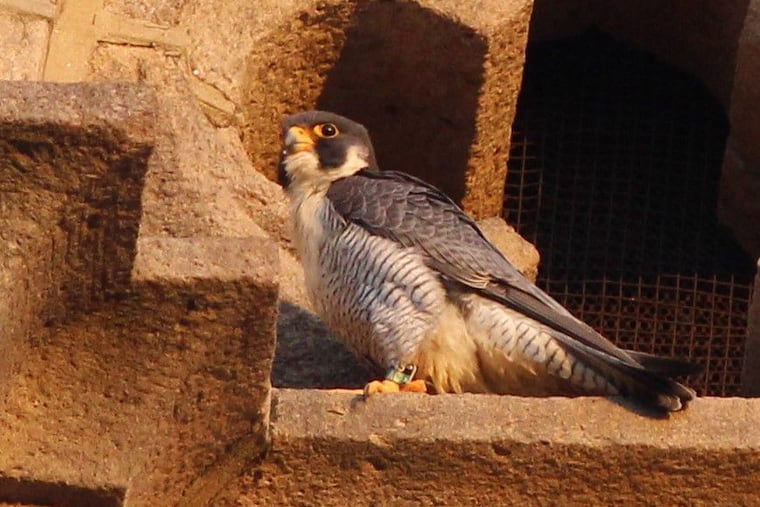Peregrine falcon that lived in Manayunk steeple found dead with severed leg. Did a drone do it?
The birds of prey had been all but eradicated in the Philadelphia area for decades, but were making a comeback in the early 2010s.

The birds of prey had been all but eradicated in the Philadelphia area for decades, but were making a comeback in the early 2010s.
